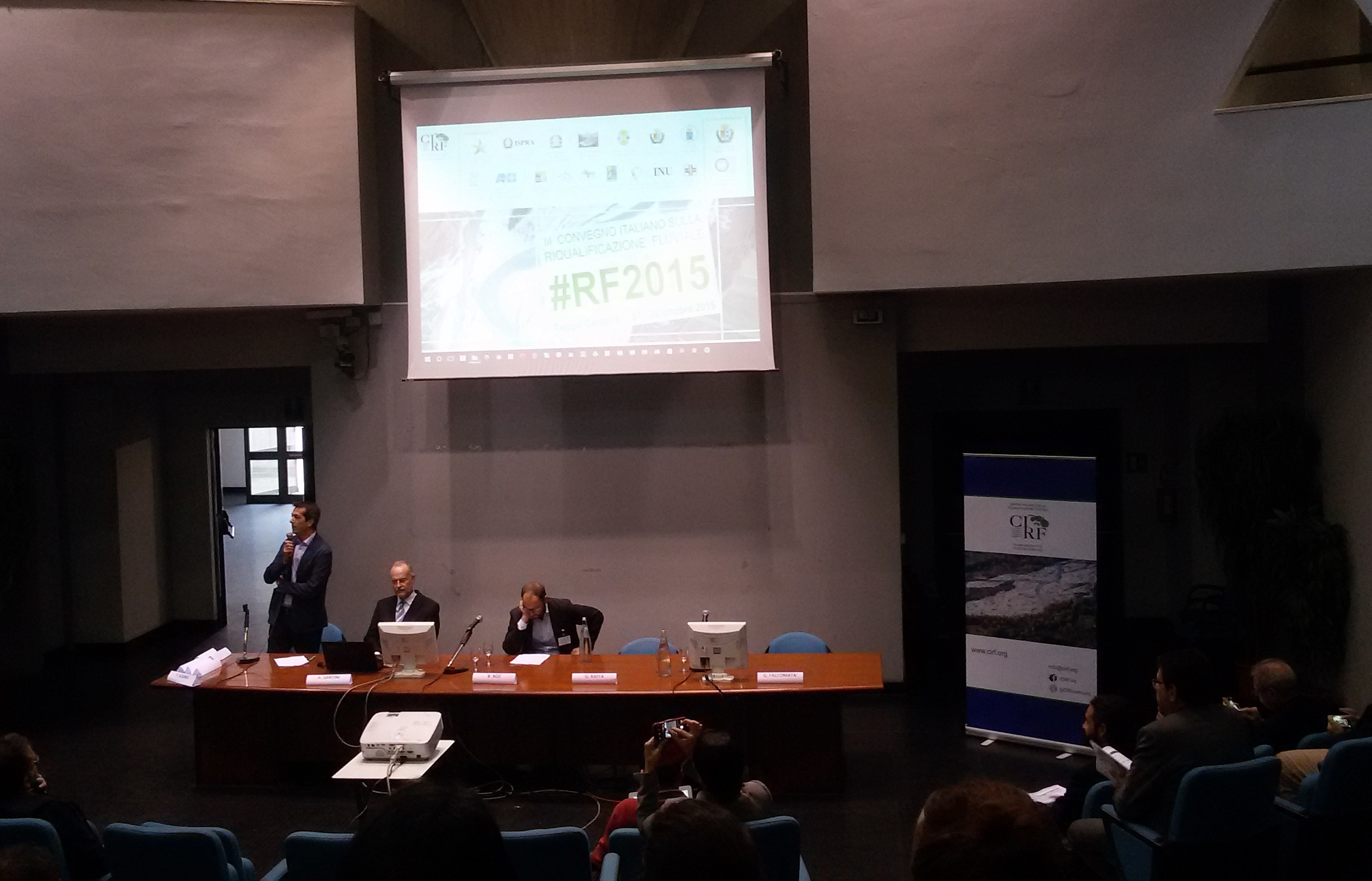The team LIFE “SOS tuscan Wetlands"It presented the results of the activity so far to III Italian Conference on River Restoration held in Reggio Calabria 27 al 30 ottobre 2015.
The main objective of the project SOS Tuscan Wetlands (remember that has an amount of 1.374.725,00 euro, co-financed by the 50% by the European Community, LIFE “SOS Tuscan Wetlands”, coordinated by the Consortium with the partnership of Department of Biology of the University of Florence) It is to reverse the current trend of a drastic loss of biodiversity and naturalness of the inland wetlands of northern Tuscany (and in particular in 3 SIC “Padule di Fucecchio”, “Lago di Sibolla” e “Bosco di Chiusi e Paduletta di Ramone”), as a result of the impacts of invasive alien species, who have in recent years led to the extinction or a high reduction of the presence of many species of Community interest and the disappearance of plant formations once abundant, attualmente confinate in pochi siti di piccole dimensioni.
The animal species alien, such as red swamp crayfish e la nutria, determine the negative impacts on habitats that more is on the species of Community interest. In particolare, shrimp Procambarus clarkii consumes macrophytes and detritus, prey macroinvertebrates, anfibi, fry and fish eggs; the presence of nutria Myocastor coypus endangers aquatic vegetation and the birds that nest along the waterways.
The habitats are threatened by the presence of alien vegetation, among which Amorpha fruticosa which has expanded in every sector marsh, competing with native species such as Salix cinerea e Phragmites australis. In fact it took office facilitates the entry of tree species, compaction of aggallati and the evolution towards less hydric environments.
The goals that the project wants to obtain are manifold, among which:
- Eradication of nutria and localized reduction of the Louisiana Shrimp
- the improvement of the conservation status of endangered species from nutria and shrimp
- restoring marshlands heterogeneous, currently invaded by Amorpha fruticosa
- the redevelopment of the lowland forest, Eastern white oak woods and wet meadows, protection and rehabilitation of sfagnete
- the increase of the population of the Italian crested newt and other species associated with humid environments, by creating small ponds, and improvement of water quality in Lake Sibolla through processes of phytoremediation
FIRST RESULTS
Most of the shares are still at an early stage and it is not possible at the time to evaluate the results.
With regard to the intervention on the Louisiana shrimp, for which ended the second season control with intensive trapping, it was possible to estimate an encouraging reduction of this species in the project areas with the consequent increase of signs of the presence of amphibians (one of the groups most impacted by shrimp) in the Lake of Sibolla.
In the years 2014 e 2015 It was lavished an effort to capture the total respectively 1616 e 1502 days-pot. The results bode well for the development of an optimal capture effort to maintain the density of the killer shrimp at levels such as to ensure a better conservation of biodiversity indigenous of these moist areas.
Equally encouraging results for Amorpha fruticosa: the first intervention in the area of cutting Marshlet Ramone has led to an increase in the growth of native vegetation, first inhibited by the strong expansion of this invasive species. pending the results of environmental monitoring campaigns, it is already possible to visually appreciate an improvement of the condition of the native vegetation typical habitat. These results allow to define a protocol of interventions that will enable the proper maintenance of the area ensuring the conservation of nature.
The project is also supported by: Regione Toscana, Provincia di Pistoia, Provincia di Firenze, Comune di Altopascio, Comune di Larciano, Società Agricola Castelmartini, Associazione Sibolla Nostra.
